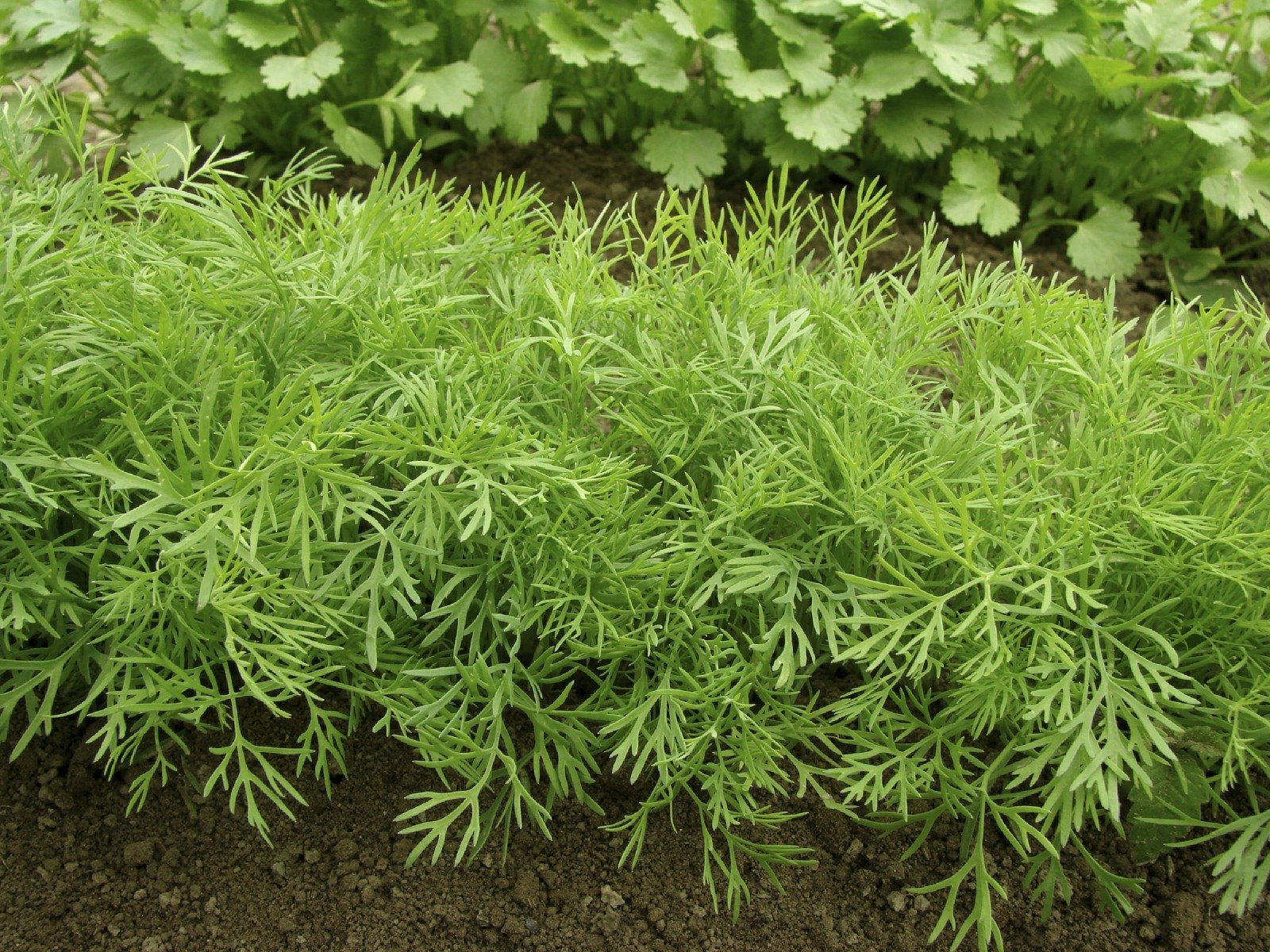Getting Bushy Herb Plants: How To Trim A Dill Plant

Caroline Bloomfield
Dill is an essential herb for pickling and many other dishes like stroganoff, potato salad, fish, beans, and steamed vegetables. Growing dill is fairly straightforward, but sometimes our hopes for big, bushy dill plants don’t work out as we plan. The plant can quickly grow long and leggy, but if you learn how to prune dill, the plants will produce plenty of the aromatic spice for all your favorite dishes, including jars and jars of pickles.
How to Prune Dill Plants
It’s a good idea to plan on staking an individual dill plant since it can grow very tall, up to 2 to 3 feet (61-91 cm.). If you have more than one or two plants, however, they often help support one another. If you see your dill growing tall and leggy, the answer lies in knowing how to trim a dill plant. When the plant is a couple of months old, use clean garden shears to cut off the leaves growing closest to the top of the plant. Snip the leaves right at the spot where they join the stem and enjoy them in recipes throughout the season. Pruning them from the top part of the plant will help them grow lots of leaves further down the stalk. In addition, nipping out the top buds on the plant will result in more lower leaves and will prevent the plant from going to seed too soon. It pays to be watchful and remove these buds as soon as they appear. Doing this will encourage the plant to sprout more leaves lower on its stalk and will discourage it from using all its energy just to grow taller. Plucking buds and pruning upper leaves will make your dill plants bushy. Everything you take from the dill plant can be used in food, either dried, chopped, or as fresh fronds laid across a casserole. Using these dill pruning tips will help make your dill plants bushy and full, with plenty to spare for pickles. The scent of dill is fresh, potent, and slightly reminiscent of caraway, but it has its own distinctive flavor and aroma. Harvesting an entire plant will fill your house with an unforgettable fragrance.
Sign up for the Gardening Know How newsletter today and receive a free copy of our e-book "How to Grow Delicious Tomatoes".
- Caroline BloomfieldManager of Marketing Communications